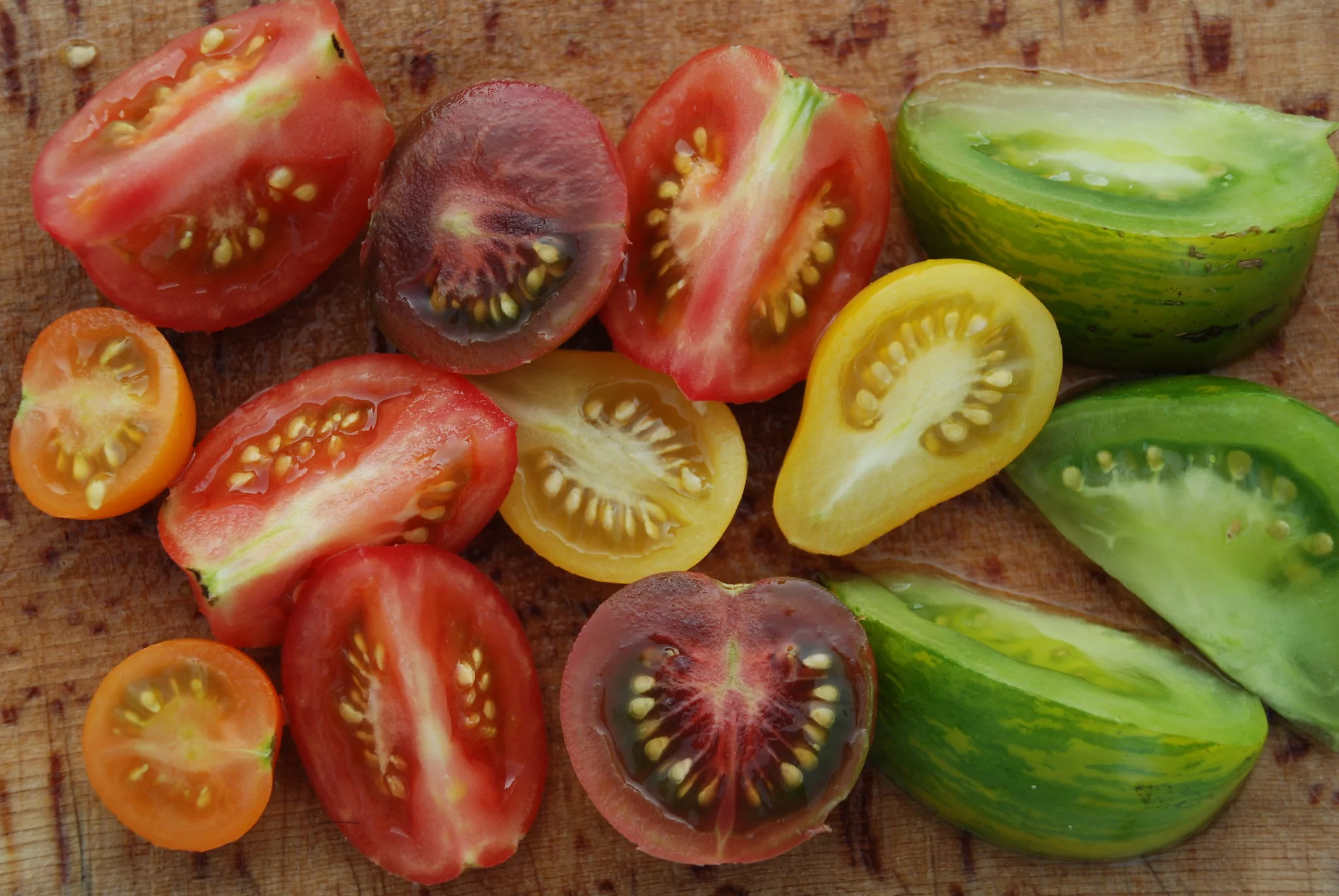Introduction
Imagine a garden where plants not only grow but thrive together, each one playing a part in a harmonious, self-sustaining ecosystem. Welcome to the world of companion planting! This gardening technique is all about pairing plants that support each other, leading to healthier crops and fewer pests. Whether you’re a seasoned gardener or just getting started, understanding the basics of companion planting can transform your garden into a thriving haven of biodiversity.
What is Companion Planting?
Definition: Companion planting is a gardening strategy where different plant species are grown together to enhance each other’s growth, protect against pests, and improve yields. This age-old practice has roots in traditional agriculture, where farmers observed that certain plant combinations led to healthier crops and better harvests.
Historical Context: Companion planting dates back thousands of years. Indigenous cultures, such as the Native Americans, utilized the Three Sisters method, planting corn, beans, and squash together. This method capitalized on the strengths of each plant: corn provided a trellis for beans, beans fixed nitrogen in the soil, and squash served as ground cover to prevent weeds.
Benefits:
- Natural Pest Control: Certain plants repel pests or attract beneficial insects that prey on pests.
- Improved Yields: Some plant combinations enhance each other’s growth, leading to higher productivity.
- Enhanced Plant Health: Diversity in plantings can reduce the spread of disease and improve soil health.
Principles of Companion Planting

Mutual Benefit: In the plant world, some species are great friends. For example, legumes like peas and beans fix nitrogen in the soil, benefiting heavy feeders like tomatoes and corn. This symbiotic relationship helps both plants thrive. Additionally, aromatic herbs such as basil and rosemary can mask the scent of more vulnerable plants, confusing pests.
Trap Cropping: Some plants act as decoys, drawing pests away from your main crops. For instance, planting nasturtiums near cabbages can attract aphids away from the cabbages, keeping your harvest safe. Marigolds are another example; they attract slugs and snails, protecting more valuable plants.
Biodiversity: A diverse garden is a resilient garden. Mixing various plants reduces the risk of pest infestations and diseases spreading, making your garden more robust and sustainable. Diverse plantings also support a wider range of beneficial insects and pollinators, creating a balanced ecosystem.
Best Companion Plant Pairings

Tomatoes and Basil: Not only does basil make your tomatoes taste better in a salad, but it also repels pests like aphids and tomato hornworms. Plus, the aromatic basil helps to enhance the growth of your tomatoes. Research shows that basil can improve tomato flavor and growth, making this a classic companion pairing.
Carrots and Onions: Carrots and onions make a perfect pair as they protect each other from pests. Onions repel carrot flies, while carrots deter onion flies, ensuring both crops can grow healthily. This mutual protection helps both plants thrive without the need for chemical pesticides.
Corn, Beans, and Squash (Three Sisters): This trio, used by Native Americans for centuries, is a classic example of companion planting. Corn provides a natural trellis for beans, beans fix nitrogen in the soil, and squash acts as a living mulch, conserving soil moisture and preventing weeds. This method also maximizes space, allowing for a productive garden in a small area.
Lettuce and Radishes: Lettuce provides shade for radishes, preventing them from bolting in the heat, while radishes deter soil pests that can affect lettuce roots. This combination works well in spring and fall gardens when temperatures are cooler.
Cabbage and Dill: Dill attracts beneficial insects such as ladybugs and wasps that prey on cabbage worms and other pests. Additionally, dill can improve the flavor of cabbage and other brassicas when planted nearby.
Plants to Avoid Pairing
Incompatible Pairings: Some plants just don’t get along. For example, beans and onions should not be planted together. Beans can inhibit the growth of onions, and vice versa, due to their incompatible growth requirements. Potatoes and tomatoes are another poor pairing because they are susceptible to the same diseases, which can spread more easily when planted together.
Allelopathy: Certain plants release chemicals that can inhibit the growth of other plants. For instance, black walnut trees produce juglone, which can be toxic to many garden plants, including tomatoes and peppers. Similarly, fennel releases compounds that inhibit the growth of nearby plants and should be planted separately.
Practical Tips for Implementing Companion Planting
Garden Layout: Plan your garden layout carefully to maximize the benefits of companion planting. Group plants that benefit each other together and keep incompatible ones apart. Use raised beds or designated sections for specific plant pairings to manage spacing and resources effectively.
Succession Planting: Plan for continuous harvests by rotating crops and planting in succession. This keeps the garden productive throughout the growing season and supports soil health. For example, plant fast-growing radishes alongside slower-growing carrots; the radishes will be harvested before the carrots need more space.
Soil Health: Healthy soil is the foundation of successful companion planting. Regularly add compost and organic matter to maintain nutrient-rich, well-draining soil that supports diverse plant life. Crop rotation and cover cropping with plants like clover or rye can also improve soil structure and fertility.
Watering Strategies: Water needs vary between plants. Grouping plants with similar water requirements together ensures that each plant gets the right amount of moisture without over or under-watering. Drip irrigation and soaker hoses can be effective methods for targeted watering.
Using Mulch: Mulching around plants helps retain soil moisture, suppress weeds, and regulate soil temperature. Organic mulches such as straw, grass clippings, or leaves can also add nutrients to the soil as they decompose.
Common Challenges and Solutions

Pest Issues: Even with companion planting, some pests might persist. Use organic pest control methods like neem oil or introduce beneficial insects like ladybugs to keep pest populations in check. Floating row covers and pheromone traps can also help manage pest problems without chemicals.
Space Constraints: For small gardens or urban environments, use vertical gardening techniques and container planting to make the most of your space. Pairing compact plants together can also help maximize your yield. For example, grow beans on trellises to save ground space for leafy greens.
Plant Competition: Ensure plants have enough resources by spacing them appropriately and providing sufficient nutrients and water. Companion planting can help balance resource use, but careful planning is key. Thin plants as needed to prevent overcrowding and ensure adequate air circulation.
Dealing with Allelopathy: Be aware of plants that release growth-inhibiting chemicals and plan your garden layout to keep these plants separated. Using raised beds or containers can help manage allelopathic interactions.
Conclusion
Companion planting offers numerous benefits, from natural pest control to improved yields and healthier plants. By understanding which plants grow best together, you can create a thriving, resilient garden. Give it a try and see how your garden transforms. Share your experiences and questions in the comments below – we’d love to hear from you!
Additional Resources
Books and Guides:
- “Carrots Love Tomatoes” by Louise Riotte
- “The Vegetable Gardener’s Guide to Permaculture” by Christopher Shein
Online Resources:





